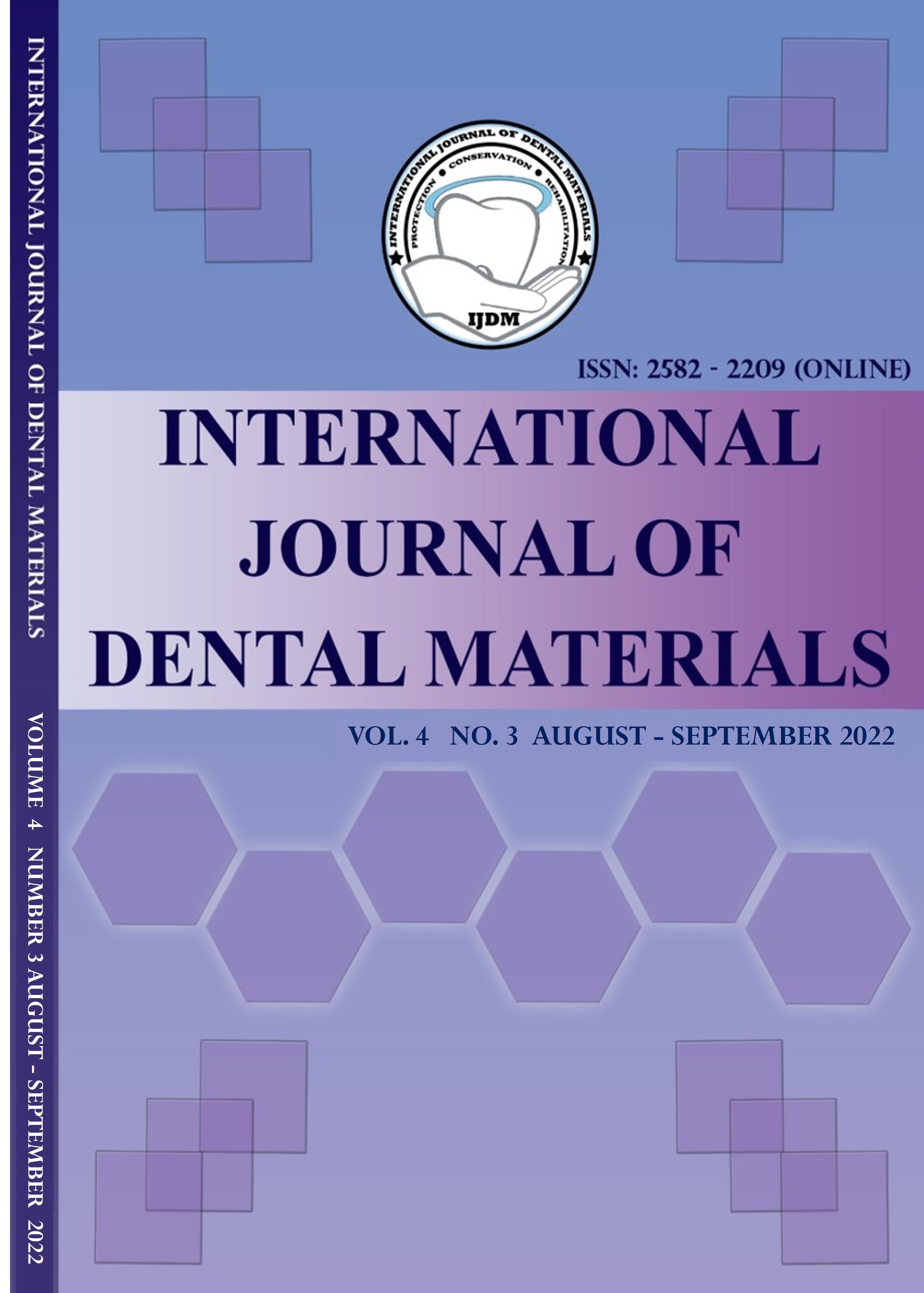Simulations of silicon nanowire sensor and an integrated smart bio-nano sensor
Main Article Content
Abstract
Background: Simulation-based nano biosensors have been introduced in recent times that will provide a model for the researchers to verify various critical functions of them, which could effectively save time, money, and effort.
Materials and Methods: In this study, we have performed simulations of a silicon nanowire (Si-NW) biosensor, and its various parameters were evaluated. This silicon sensor was designed using the BiosensorLab tool, a simulator from the nanohub website. This paper also presented an Integrated Smart Bio-nano Sensor. The motivation behind this smart sensor was that an incident happened in one of the southern states of India, in the year 2020; the leakage of styrene gas (C8H8) from the Polymers industry caused 12 deaths and several people hospitalized. Most people died after they inhaled styrene gas because they thought the pungent smell (of styrene gas) was also part of their kitchen’s emissions. This incident prompted us to propose an Integrated Smart Bio-nano Sensor.
Results: The proposed sensor was capable of classifying the origin of sources of emissions dynamically (smart), even under lower concentrations of gas levels (25 ppm) and could alert the habitants in case of untoward danger.
Conclusions: After verifying settling time vs. analyte concentration, the density of captured target molecules concentration with time vs. time, and the signal-to-noise ratio (SNR) of the biosensor in the presence of parasitic molecules vs. receptor density, it was concluded that these three parameters have helped in identifying the characteristics of the proposed bio-nano sensor.
Article Details
Section

This work is licensed under a Creative Commons Attribution 4.0 International License.
This work is licensed under a Creative Commons Attribution 4.0 International License.
How to Cite
References
Mehrotra P. Biosensors and their applications–A review. J Oral Biol Craniofac Res. 2016; 6(2):153-9. https://doi.org/10.1016/j.jobcr.2015.12.002
Heineman WR, Jensen WB. "Leland C. Clark Jr. (1918–2005)". Biosensors and Bioelectronics. 2006; 21 (8):1403–1404. https://doi.org/10.1016/j.bios.2005.12.005
Burda C, Chen X, Narayanan R, El-Sayed MA. Chemistry and properties of nanocrystals of different shapes. Chemical Reviews. 2005; 105(4):1025-102. https://doi.org/10.1021/cr030063a
Zhang GJ, Zhang G, Chua JH, Chee RE, Wong EH, Agarwal A, et al. DNA sensing by silicon nanowire: charge layer distance dependence. Nano Letters. 2008; 8(4):1066-70. https://doi.org/10.1021/nl072991l
Ambhorkar P, Wang Z, Ko H, Lee S, Koo KI, Kim K, Cho DI. Nanowire-based biosensors: from growth to applications. Micromachines. 2018; 9(12):679. https://doi: 10.3390/mi9120679
Kumar S D R and P V Rao. Modeling and analysis of biosensors for evaluation of its mechanical and electrical properties. Intl J Nanotechnology Appl. 2017; 11(2):213-35. https://www.ripublication.com/ijna17/ijnav11n3_02.pdf
Munna M, Islam MO, Kabiruzzaman M, Mahmood ZH. Performance analysis of a Si-NW biosensor for detection of charged biomolecules. In2014 International Conference on Informatics, Electronics & Vision (ICIEV) 2014 May 23 (pp. 1-5). https://doi:10.1109/ICIEV.2014.6850717
Nair PR, Alam MA. Design considerations of silicon nanowire biosensors. IEEE Transactions on Electron Devices. 2007; 54(12):3400-8. https://doi: 10.1109/TED.2007.909059
Farmer SA, Nelin TD, Falvo MJ, Wold LE. Ambient and household air pollution: complex triggers of disease. American Journal of Physiology-Heart and Circulatory Physiology. 2014; 307(4):H467-76. https://doi:10.1152/ajpheart.00235.2014
Kierny MR, Cunningham TD, Kay BK. Detection of biomarkers using recombinant antibodies coupled to nanostructured platforms. Nano Reviews. 2012; 3(1):17240. https://doi:10.3402/nano.v3i0.17240
Chiu SW, Tang KT. Towards a chemiresistive sensor-integrated electronic nose: a review. Sensors. 2013; 13(10):14214-47. https://doi.org/10.3390/s131014214
Peng DK, Ahmadi AA, Lahann J. A synthetic surface that undergoes spatiotemporal remodeling. Nano letters. 2008; 8(10):3336-40. https://doi.org/10.1021/nl8017669
Feng et al., Review on Smart Gas Sensing Technology, Sensors, 2019; 19 (17):3760. https://doi.org/10.3390/s19173760
Naga Sridhar G. Vizag: Gas leak from LG Polymers plant kills 11. The Hindu. https://www.thehindubusinessline.com/news/national/styrene-gas-leaks-from-lg-polymers-in-vizag/article31523261.ece. Accessed on 07.07.2022

